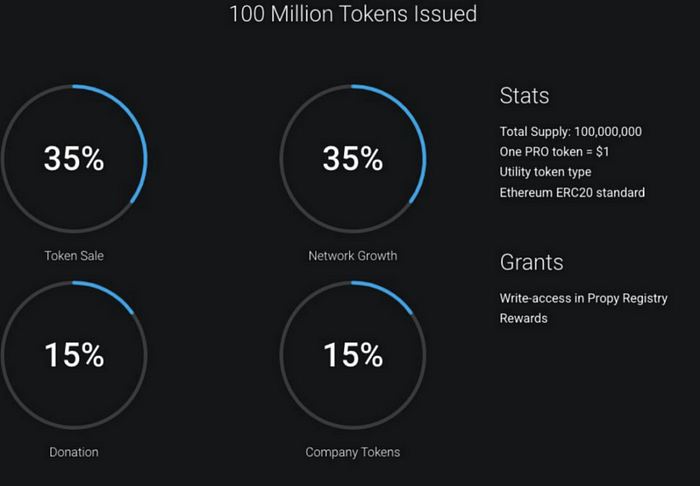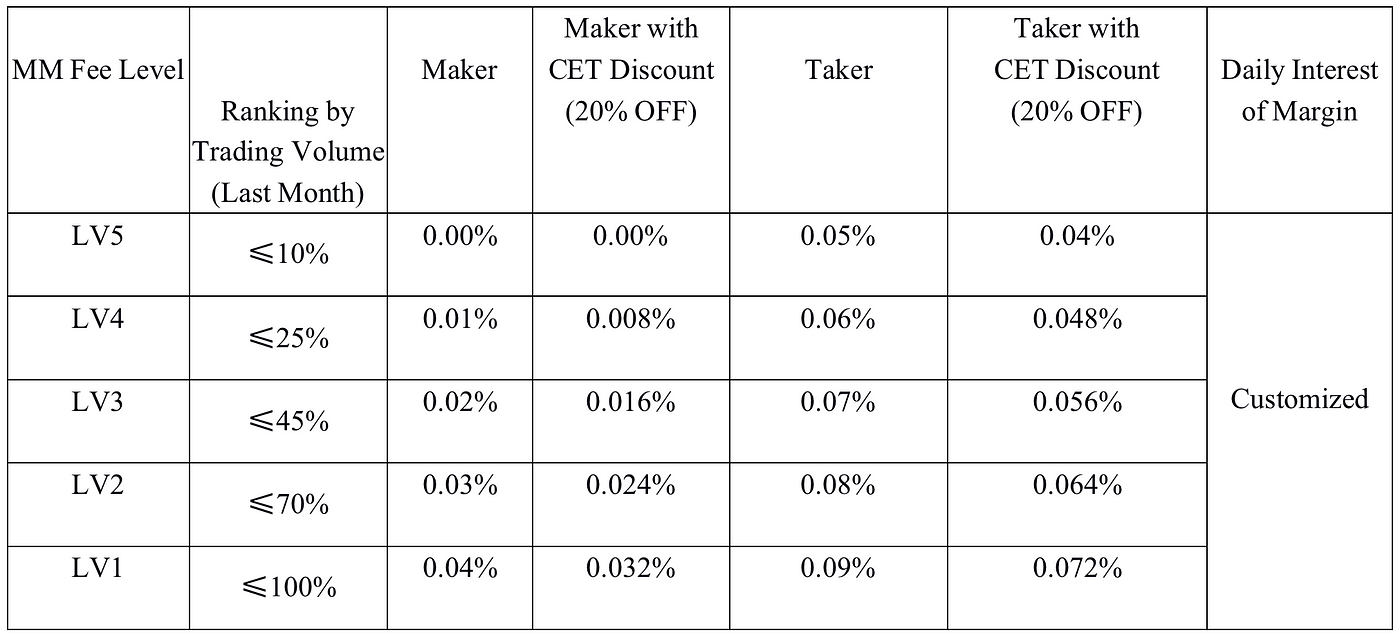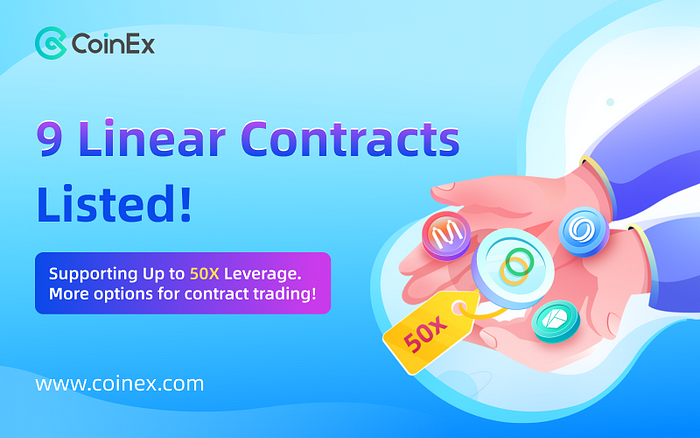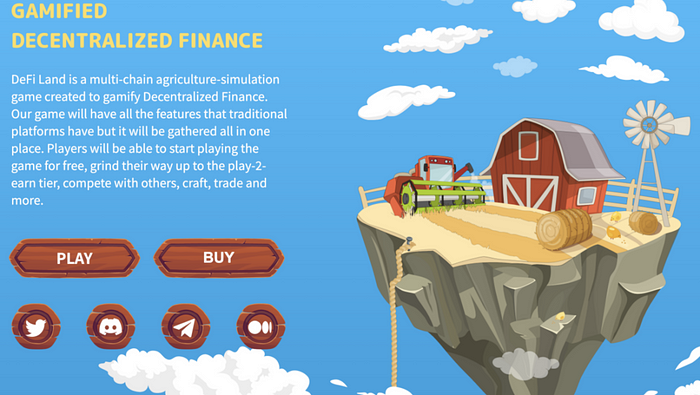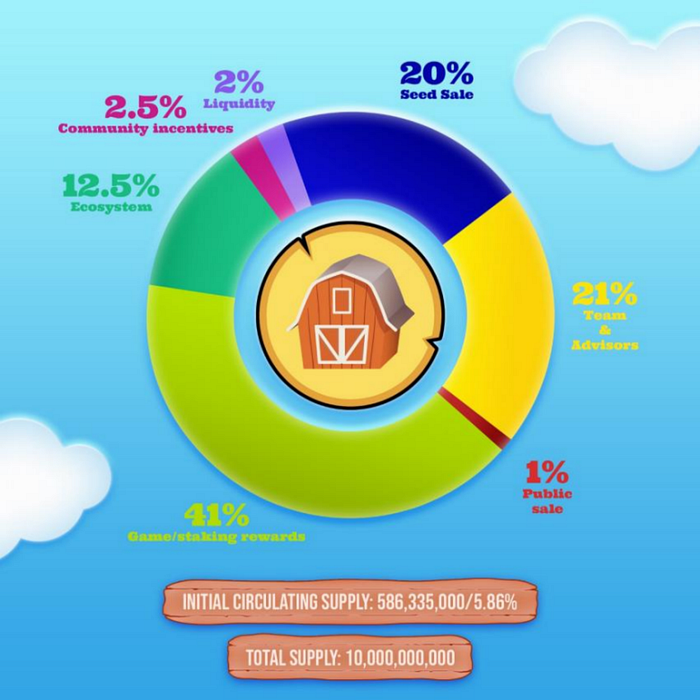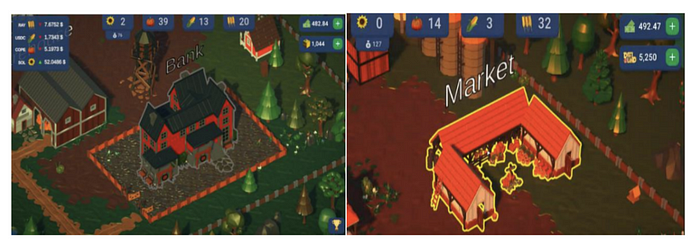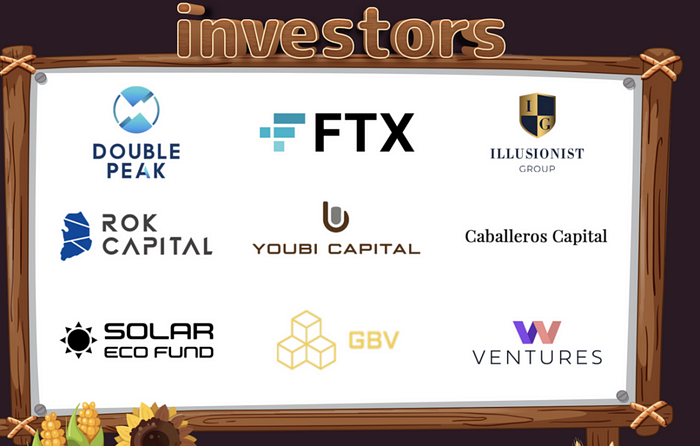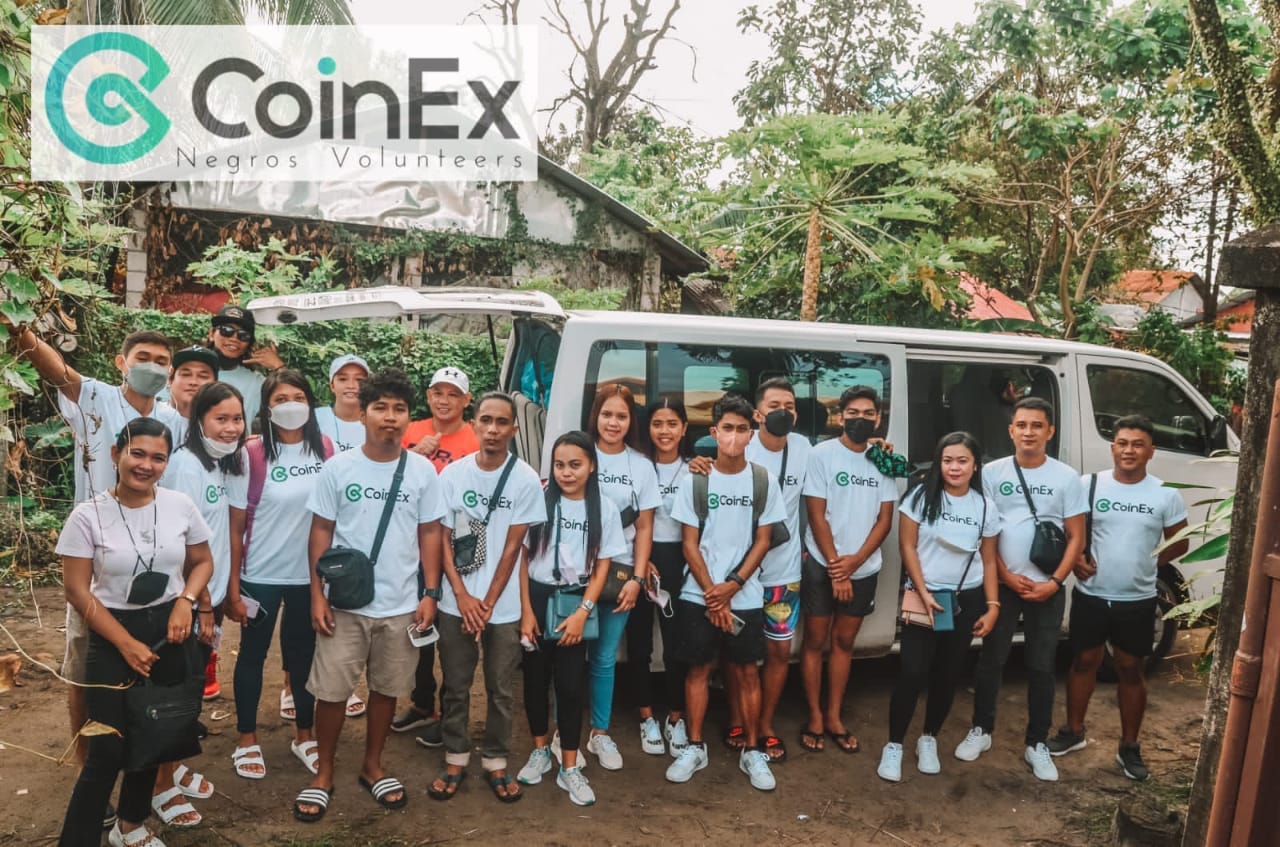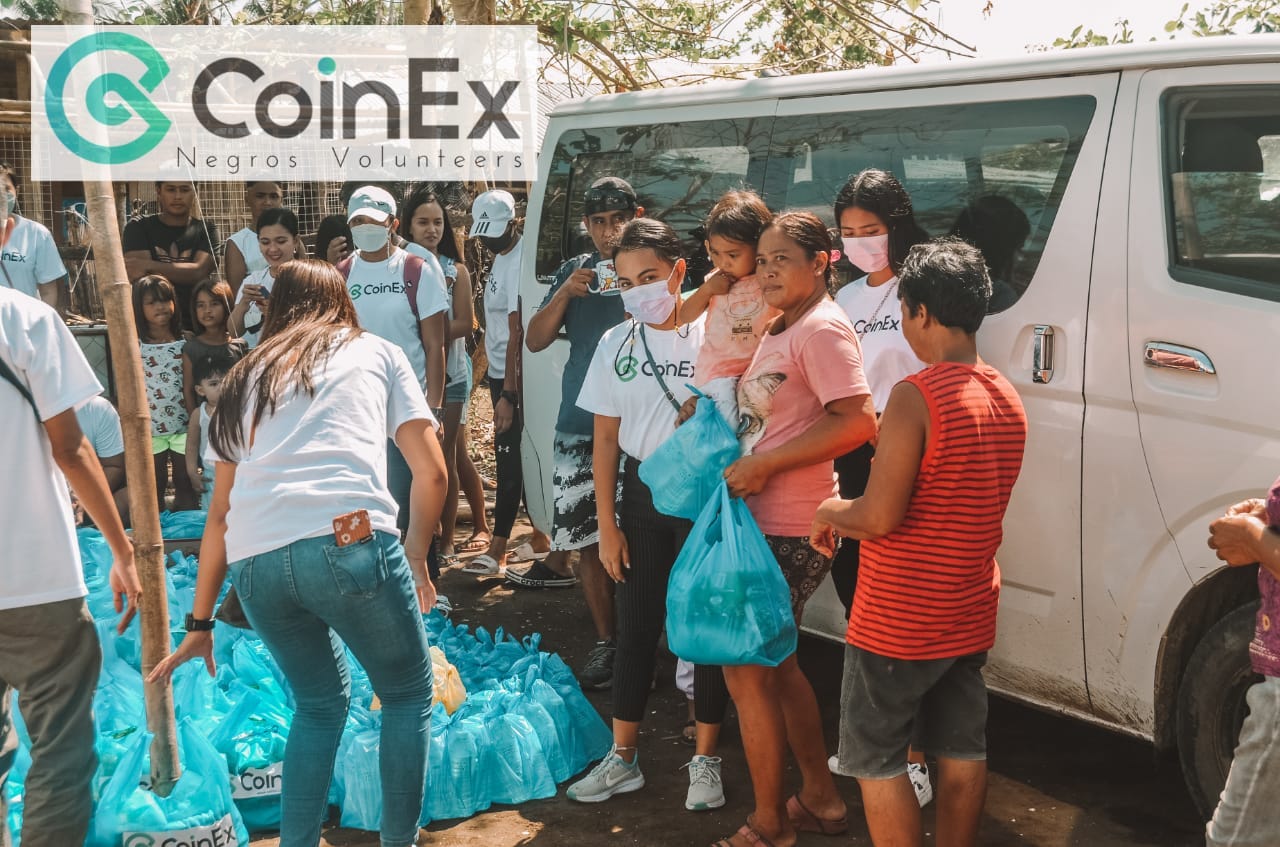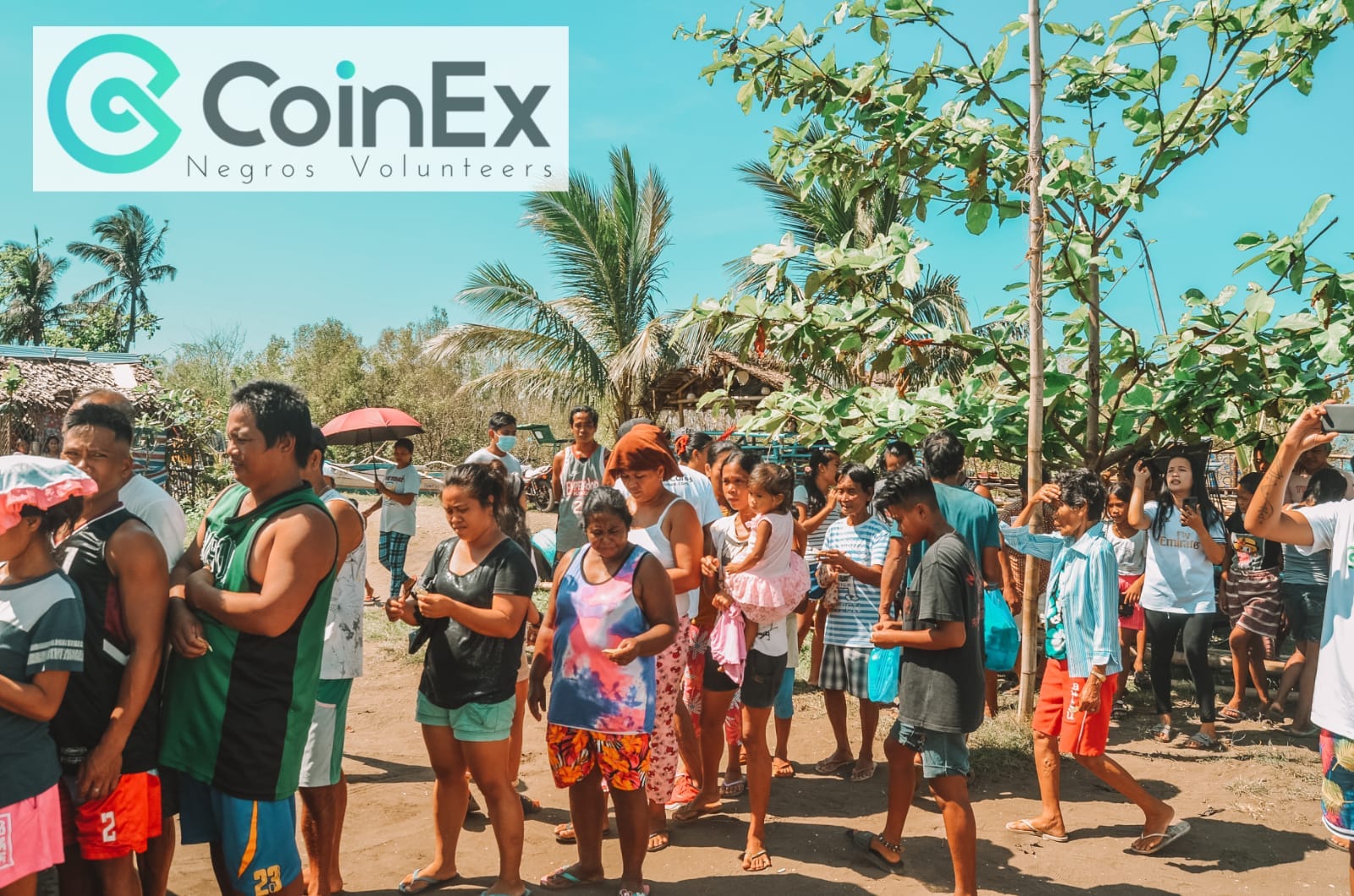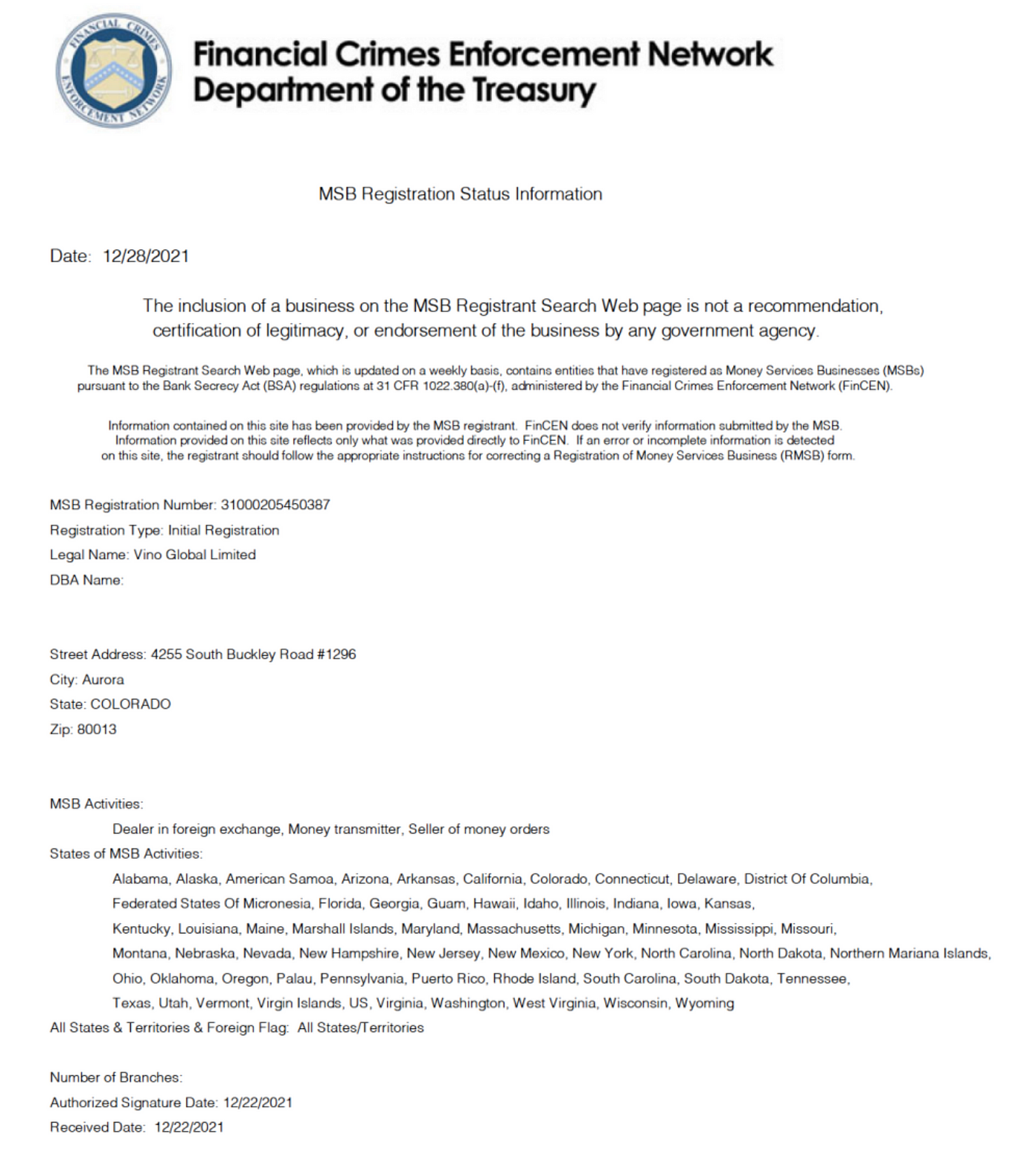There are bound to be some embarrassing occasions while we’re maneuvering in the crypto industry, and cross-chain transfers are one of them. Here’s a simple example: When swapping Ethereum’s ETH to Polygon’s Matic, you must first go through Polygon’s official bridge. However, you found that there’s a minimum limit.
So, you switched to Connext and tried to swap ETH to Matic through Quickswap. Unfortunately, due to poor liquidity on the DEX, it would take about 1.5 hours to complete the conversion. The user experience during this entire process is terrible: The conversion is time-consuming and inefficient, and users are always worried about the potential loss of their cryptos. Further, after going through this lengthy process, crypto users frequently miss the best timing. As such, it is often better to buy and withdraw cryptos on a CEX.
Therefore, whenever we need to make cross-chain operations, from the bottom of our heart, we ask: When will there be an ultimate cross-chain swap that supports the convenient, secure, and fast transfer of assets across multiple blockchains?

Although there exist a number of leading projects in the category of third-party cross-chain bridges, such as Multichain (formerly Anyswap) and cBridge, these products can only swap asset X on chain A to asset X on chain B. If a cross-chain application could turn asset X on chain A into asset X on chain B, it would be able to significantly improve the efficiency of on-chain transactions, as well as user experiences.
To address this dilemma, today we will compare projects that focus on cross-chain swap and find out the potential candidates that may provide the ultimate cross-chain swap.
Before discussing the specific projects, we should first determine the criteria for a mature cross-chain swap. To begin with, safety is the No.1 priority. Recently, cross-chain hacking has been frequent, involving a huge amount of assets. For instance, in 2021, system vulnerabilities of O3 and THORSwap led to the hacking of assets worth hundreds of millions of dollars. As such, a mature cross-chain swap should be able to use technologies such as multi-signature and smart contracts to lock assets or drive up the cost of hacking through a series of designs so that hackers could not make any profit, thereby eliminating the possibility of attacks.
Secondly, considering that the more public chains and assets a swap service supports, the lower the friction cost will be, a well-established cross-chain swap should be compatible with EVM and non-EVM cross-chain transfers. Additionally, fast cross-chain transfers are also a major consideration because smooth transactions improve the user experience. Finally, an ideal swap service should feature low cross-chain costs, which could reduce the transaction slippage or simplify the conversion process.
After going through 34 existing cross-chain solutions, we found seven projects that support cross-chain swap. Depending on the technologies they use, these projects are divided into two categories: 1) cross-chain swap aggregators and 2) AMM cross-chain swap.
I. Cross-chain Swap AggregatorsCross-chain swap aggregators bring together different cross-chain bridges, which are automatically matched to different needs, to provide the best paths for users to choose from.
1. Li.FinanceLi.Finance brings together different cross-chain bridges and their liquidity with DEXes or DEX aggregators on different chains to achieve the swap of any token on any blockchain. In Figure 1, you can find a simple illustration of the cross-chain rationale of Li.Finance.

From Figure 2, we can tell that when swapping Matic on Polygon to USDT on BSC, Li.Finance provides four clearly-illustrated paths, as well as the corresponding fees for comparison. Users could choose a path according to their needs.

In addition, Li.Finance also offers personalized options that allow users to determine the specific slippage, cross-chain bridges, and DEXes (as shown in Figure 3).

Right now, the Beta version of Li.Finance supports Layer 1 public chains including ETH, BSC, AVAX, FTM, and Moonriver, as well as Layer 2 public chains such as Arbitrum, Optimism, and Xdai, while aggregating 1inch, Paraswap, Quickswap, Pancakeswap, Honeyswap, etc. In terms of cross-chain bridges, Li.Finance now offers Nxtp Protocol (Connext) and Hop Protocol and is testing the use of Anyswap, cBridge, and Horizon.
In terms of the user experience, Li.Finance features an intuitive interface for transactions and supports personalized services. On average, Li.Finance completes a transaction in about 3 to 4 minutes. As shown in the figure below, the conversion of USDT on BSC to USDC on Polygon is completed in 3 minutes and 13 seconds, with a transaction fee of $0.47. It is noteworthy that the page cannot be closed during conversion. Moreover, users must confirm the transaction in their wallet according to the transaction steps.
 Summary
SummaryThe advantage of cross-chain swap aggregators is that they could make up for the lack of liquidity or the excessive slippage of a single liquidity protocol while improving user experiences. Meanwhile, their disadvantages are also clear. At their core, such aggregators are designed to connect cross-chain bridges and DEXes, thereby allowing users to engage in cross-chain operations through simple and clear UIs. As such, there are few technical barriers or moats.
II. AMM Cross-chain SwapAMM is now the most prevailing cross-chain approach. For example, Hop, Anyswap, and O3 all use AMM for cross-chain operations. AMM aggregates the liquidity of different chains to build a cross-chain transaction pool. Here, we will focus on THORSwap, XY Finance, and Symbiosis. Other AMM projects will not be discussed because they use similar rationales for cross-chain swaps.
1. THORSwapAs a multi-chain DEX aggregator based on THORChain’s cross-chain liquidity protocol, THORSwap now supports the non-custodial swapping between six native chains (BTC, ETH, BSC, BCH, LTC, and THORChain), covering more than 20 assets. 50% of its liquidity is provided by RUNE, while the other 50% is by crypto assets (e.g. BTC), and liquidity providers can receive RUNE tokens as the incentive. THORSwap uses RUNE as the middle layer. For example, when swapping BTC to ETH, the path will be BTC→RUNE→ETH.

In terms of the user experience, THORSwap offers non-EVM conversion of native assets such as BTC, LTC, and BCH, which filled the gap in the cross-chain transfer of such native assets. The time required for conversion is subject to the network conditions of different blockchains. Generally speaking, it takes about 5–10 minutes to swap assets across different chains on THORSwap. Additionally, users must pay conversion fees in two networks. However, we also noticed that THORSwap still suffers from high slippage concerning pools with insufficient liquidity.
Speaking of security, THORSwap relies on multi-node verification, and a node must overcollateralize RUNE to become a validator. Such a design eliminates the possibility of mischievous nodes. However, during the testnet stage, THORChain had lost thousands of dollars due to hacking. Although the team made up for the loss using its own funds, the security of THORSwap remains doubtful, and the launch of its mainnet was also postponed as a result. Recently, THORSwap has gradually reactivated the swap of its cross-chain pools and announced the issuance of THOR, its governance token, in November 2021.
2. XY FinanceXY Finance, a decentralized cross-chain swap that integrates the liquidity of DEXes, not only supports the cross-chain transfer of assets but also the swapping of NFT and GameFi. XY Finance’s swap is powered by X Swap and Y Pool. The former aggregates DEX liquidity to generate the best path for cross-chain transfers, whereas the latter obtains liquidity through the incentives of XY governance tokens. During the cross-chain process, Y Pool enables the conversion of intermediate stablecoins. Right now, only USDT on different chains is supported. Liquidity providers can deposit USDT on a blockchain into the Pool to obtain XY token incentives.

Figure 5: The cross-chain rationale of XY Finance

Figure 6: The cross-chain interface of XY Finance
From Figure 6, which shows the interface of XY Finance, we can see that when the swapping ETH on the ETH chain to BNB on the BSC chain, the left side of the interface shows the worth of tokens received, the recipient address, and the transaction fee; the right side tells us the best path for the cross-chain transfer: Swap ETH to USDT on ETH through sushiswap/uniswap, then to USDT on BSC through Y Pool, and finally to BNB through Pancakeswap. We noticed that there is a minimum conversion limit on ETH, and the fee is ultimately determined by DAO depending on different chains.
In terms of the user experience, XY Finance features a clear, concise UI that allows you to choose the recipient address and shows the transaction fee. In particular, XY Finance is not limited to the cross-chain swap of assets but is also working on the swapping of NFT and GameFi across chains. Its disadvantage is that there is a minimum limit when the transfer involves ETH, and the default best path may not be altered. Apart from this, XY Finance also suffers from insufficient liquidity and high slippage when it comes to long-tail assets.
Regarding security, the project has not released any document to specify how it will ensure its security. We’ll need to wait and see.
3. Symbiosis FinanceSymbiosis Finance is a decentralized multi-chain liquidity protocol that allows users to transfer assets across all EVM and non-EVM compatible blockchains at a low slippage while remaining the sole owner of the funds (non-custodial). The protocol supports ETH, BSC, Polygon, AVAX, HECO, and WASM solutions (Solana and Terra).
Symbiosis uses sealed stablecoins sToken (sUSDT, SUSDC, sBUSD, etc.) as the intermediate token, and each sToken will be locked in the smart contract and 1:1 pegged to the original asset. There is a stablecoin on each chain. Symbiosis provides a liquidity pool (stablecoin<>sToken) for each blockchain pair that supports cross-chain swapping. In terms of the cross-chain routing, sTokens on each blockchain are traded at the lowest gas fee.
When swapping assets from a blockchain with high gas fees to a blockchain with low gas fees, for instance, when swapping UNI ERC20 on Ethereum to CAKE BEP20 on BSC, the path is as follows:

Right now, Symbiosis only supports testnet tokens for experiments. From the perspective of user experiences, Symbiosis comes with a clear interface that allows you to choose the recipient address and enables smooth operations. On Symbiosis, it normally takes about 1 to 2 minutes to complete a transaction, which may have to do with the testnet. Its disadvantage is that certain liquidity pools do not have enough liquidity, which may lead to 100% slippage and failure to conduct transactions.

When it comes to security, Symbiosis also uses multi-node verification, which means that a node must stake a certain amount of SIS in order to become a relay node. Additionally, a swap through bridges can only proceed after confirmation by two-thirds of the relay nodes. From a technical perspective, the security of the relay network is ensured by cross-chain multi-party computing (MPC), threshold signature scheme (TSS) protocol, and deposits. However, considering the mechanism of DPOS, the Symbiosis nodes may not be fully decentralized in the initial stage and might be vulnerable to attacks. Therefore, the project team has not launched its mainnet. Perhaps, they are waiting for Symbiosis to develop sufficient token liquidity and more decentralized validators.
SummaryThe rationales of AMM cross-chain swap projects are all similar: They achieve cross-chain swaps by aggregating the liquidity of DEX and AMM on different chains. At their core, these protocols aim to build liquid AMM pools. Although both XY Finance and Symbiosis use stablecoins on different chains to build liquidity pools, the former encourages users to provide liquidity by offering XY token rewards, while the latter has not started yield farming, and the token can only be used to become a validator via staking. THORSwap, on the other hand, builds liquidity pools for RUNE and the corresponding tokens.
The risk of such projects is that the self-built AMM pools are vulnerable to hacking and may suffer the loss of liquidity due to the insufficient security of their underlying network or the protocol itself. For example, in 2021, both O3 and THORChain were attacked many times. Secondly, the lack of AMM liquidity in self-built pools will lead to high slippage and make it difficult to conduct transactions. This is a common problem for many early-stage AMM cross-chain swap projects.
One of the solutions is to start yield farming and use the protocol’s native tokens to incentivize the provision of more liquidity. Finally, due to the adoption of multi-node verification, these projects suffer from insufficient decentralization in the early stage, and mischievous validators are also a potential risk. However, this problem is not insurmountable. For instance, on THORSwap, a node must overcollateralize RUNE to become a validator, which eliminates the possibility of mischievous nodes.

Overall, there isn’t any real leader in the category of cross-chain swaps, and the segment is also struggling with the impossible triangle of security, scalability, and interoperability. As the most popular cross-chain swap project, Li.Finance aggregates many DEXs and cross-chain bridges.
Although doing so adds more external risks, the approach also eliminates the risk of fund loss within the protocol itself. Moreover, Li.Finance shows terrific performance in many respects, covering operation, speed, and the number of chains supported. On the other hand, the other AMM cross-chain swap projects have also made trade-offs in terms of security and speed. Additionally, they also face the challenge of insufficient liquidity.
DevelopmentLooking back on 2021, as public chains achieved rapid growth, the ecosystem of BSC, Sol, Avax, and Terra had also been expanding. In search of the optimal capital utilization rate, funds on Ethereum gradually flowed into other blockchains. Against such a background, cross-chain swapping represents a pressing need. Over recent years, the discussion of interoperability and scalability has given rise to many solutions. Polkadot and Cosmos have been exploring these topics for a long time, but so far, they failed to deliver any product.
On the other hand, REN protocol built a lightweight cross-chain bridge, which opened up more cross-chain possibilities. Cross-chain applications do not require a secure, massive underlying structure. Instead, a simple cross-chain bridge connects different public chains. At the moment, cross-chain projects have been moving towards the goal of enhanced security, fast transfers, and low costs.
In the future, we could see more possibilities in the cross-chain category. Cross-chain swap is, by no means, limited to assets only. It could also cover NFTs and in-game assets. For instance, there is strong demand for the cross-chain swap of NFTs. At the moment, the cost of NFT transactions on Ethereum is extremely high, and the swapping of Ethereum-based NFTs to other chains for transactions would significantly promote the development of NFTs while enabling more people to participate in NFT trades. Moreover, the interoperability of assets like avatars and items in different blockchain games would also be very appealing, which would offer improved gaming experiences. In this regard, projects like XY Finance and Mosaic are the pioneers.
The user experience of cross-chain swap could also use a lot of improvement. For example, cross-chain applications can be deployed within crypto wallets, and cross-chain operations will be automatically triggered when a cross-chain payment is requested, thus eliminating the need to find a suitable cross-chain bridge. Although there are already wallets that integrate cross-chain functions, they still suffer from problems such as poor security, slow transfers, high costs, and the availability of public chains.
Regarding the liquidity issue, a multi-chain protocol with capital reserves might be the right solution. For example, protocols like Curve, AAVE, and Compound are powered by sufficient multi-chain assets, and if a cross-chain bridge is built within these protocols, not only can it address the liquidity concern, but it can also fully leverage the unutilized funds of the protocol for the cross-chain swap of the native assets while allowing liquidity providers to make more profits.
Although none of the existing projects can perfectly meet all the different demands, the sector of cross-chain swap is moving closer to this vision, and the ultimate cross-chain swap may not be so far away from us.
More from CoinEx:
The Global Cryptocurrency Exchange. Visit us at:
www.coinex.com. Join our community: t.me/CoinExOfficialENG



